I’ve been mulling over this post for a while, ever since I read Salon‘s Laura Miller praising two young adult novels, John Green‘s The Fault in Our Stars and Meg Rosoff‘s There Is No Dog. Not that I have any objection to her praise. On the contrary, what concerned me is the reason for their classification as young adult.
Miller describes the books as “smarter, better-written and more emotionally complex than most adult fiction.” High praise indeed, and very much deserved, but when Miller asked, “Why should you, an adult, bother with a novel intended for an audience aged 14 to 18?” it made me wonder: Were these stories really written just for that audience?
Books for children and teens are, of course, categorized by the age group of their audience. Picture books, early readers, chapter books, middle grade, upper middle grade, young adult — these all guide kids to books that are appropriate for their age. I have no complaint with the categories. It’s good for parents and children to be able to quickly identify which books are right for them.
But what does give me pause is the reason books get slotted into one of these categories. Too often it’s based on the age of the protagonist. If the protagonist is 10, the book is considered middle grade; 13-14, upper middle grade or younger young adult; 17, squarely in young adult.
But is that really the best way?
The Fault in Our Stars and There Is No Dog, as Miller says, “ask questions as difficult as those posed by any serious writer: Why do we suffer, why must we die, and what meaning can be found in any of it?”
These are very adult themes. So again, what makes us assume they were “intended for an audience aged 14 to 18?”
 Well, Green’s protagonist, Hazel, who’s dying of thyroid cancer, is 16, and Rosoff’s protagonist, Bob, the creator of the world, is a teenage boy.
Well, Green’s protagonist, Hazel, who’s dying of thyroid cancer, is 16, and Rosoff’s protagonist, Bob, the creator of the world, is a teenage boy.
Now, I don’t personally know these authors and haven’t posed the question to them. But as a writer who shares every writer’s goal — to create the best story possible — I’ve got another theory of why these books were written with protagonists these ages: It worked for the story.
Green is writing about the tragedy of cancer and our yearning for life. If he had written Hazel as a 30-year-old, or 50-year-old, the tragedy wouldn’t be as poignant as it is for a 16-year-old. Not to say that a 30- or 50-year-old with cancer isn’t tragic, but their stories would be different and would answer different questions.
Rosoff’s Bob isn’t a call out to teenage boys saying, hey, what would you do if you created the world? It’s a humorous look at how ridiculous the world can be — even when it’s ruled by so-called adults — and how it might be if a teenage boy was at the controls.
These books weren’t written to entertain teens. They were written to tell the most powerful, funny and touching versions of their stories. And to do that, the authors chose an age for their protagonist that worked best for their tale.
Miller says the books “are not afraid to respond to these questions unflinchingly. … I can think of a dozen acclaimed contemporary adult novelists who blunder through this territory…”
While I love her praise, what she’s missing — and anyone who thinks of books about children or teens as only for that audience are missing — is that sometimes, to really look at ourselves and our world, we should look at it through the eyes of those younger than us, not as jaded as us, the eyes of those who can see us and our world more clearly than we can.
Should Lord of the Flies be classified as a middle-grade because it’s about a group of 13-year-olds? Should Ender’s Game be given to early readers because its protagonist starts the book at age 6? Is it even appropriate for middle grade, as Ender grows to age 9?

I read Orson Scott Card’s Ender’s Game as a teenager. Back then, there was no “young adult” classification and Ender’s Game was considered an adult book. My father gave it to me to read and I felt quite proud reading my first adult novel. Now the book can be found in young adult shelves, but if booksellers, librarians and marketers went by the age of the protagonist, it would be available to readers who are much younger. And it shouldn’t be! This is not a book for kids — it’s a look at society, what we’re willing to sacrifice, and how that affects the children we use. An adult theme if ever I’ve seen one.
No, books shouldn’t be judged by the age of their protagonist. They should be judged by what they have to say. Appropriateness for an audience shouldn’t be judged by the characters, but by the situations they’re in, the book’s theme even.
And there’s another reason that books shouldn’t be shelved based on the age of their protagonist: It limits the audience. A friend of mine told me recently that she recommended The Fault In Our Stars to an avid reader of adult novels, but the reader turned up her nose because the book is “young adult.” To her credit, my friend told the reader to try Green’s novel anyway — the reader did and loved it.
So, I ask all agents, editors, marketers, booksellers and librarians: Don’t judge a book by its protagonist’s age; judge it by the story. Spread the word to all appropriate readers based on theme and you just might find a new audience.
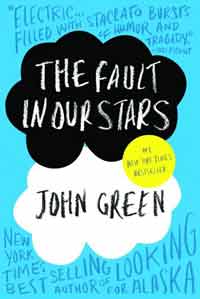


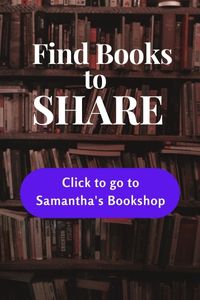
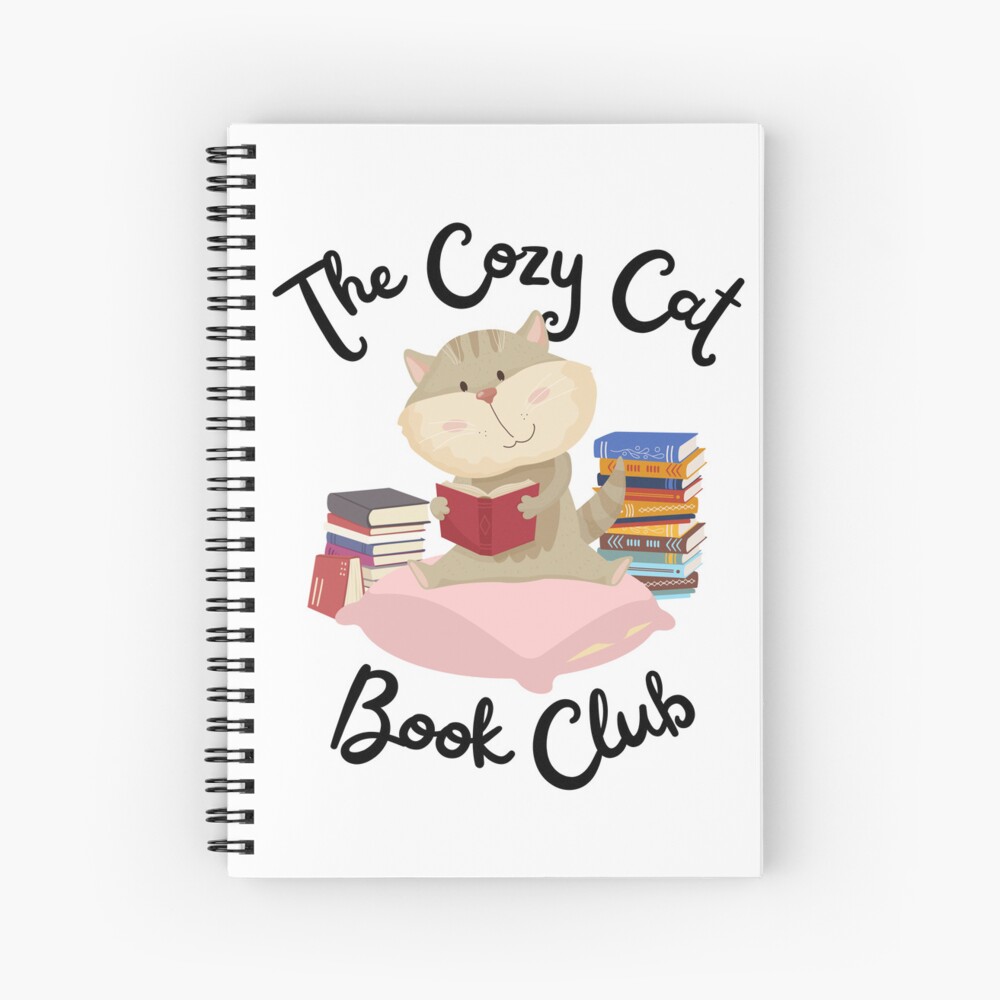
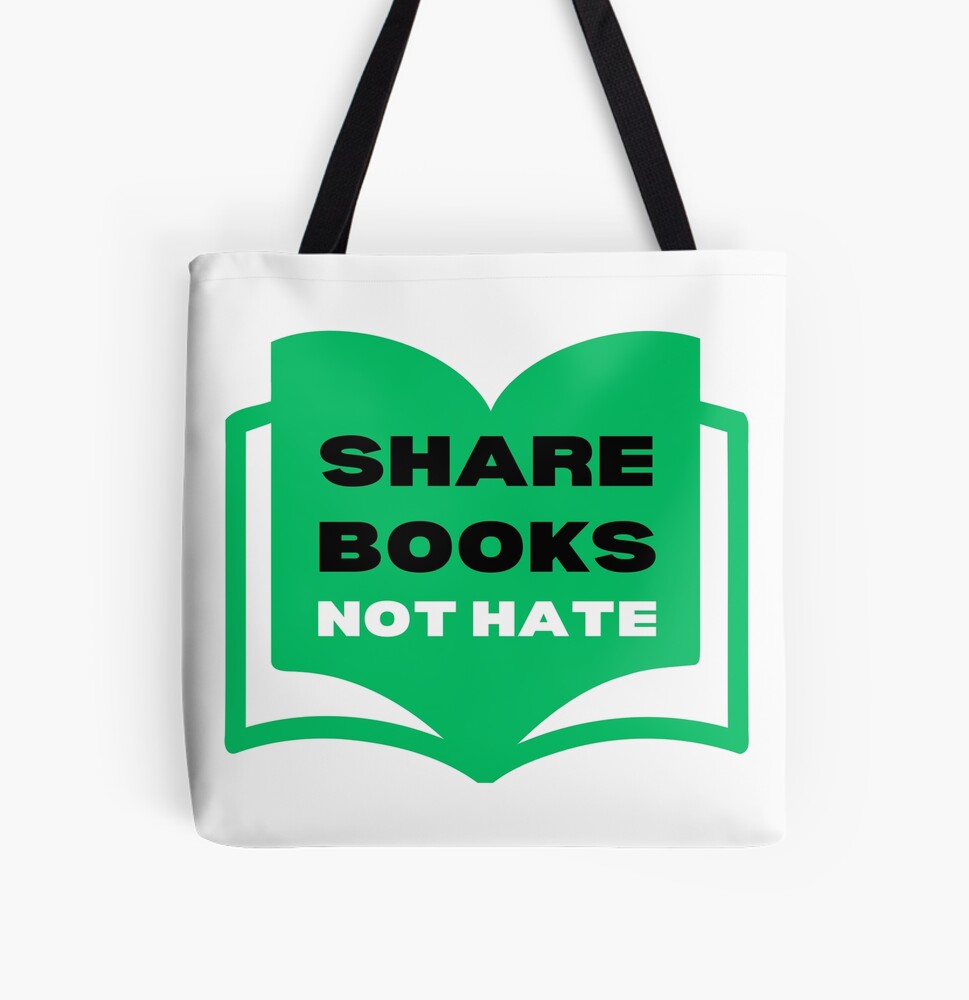
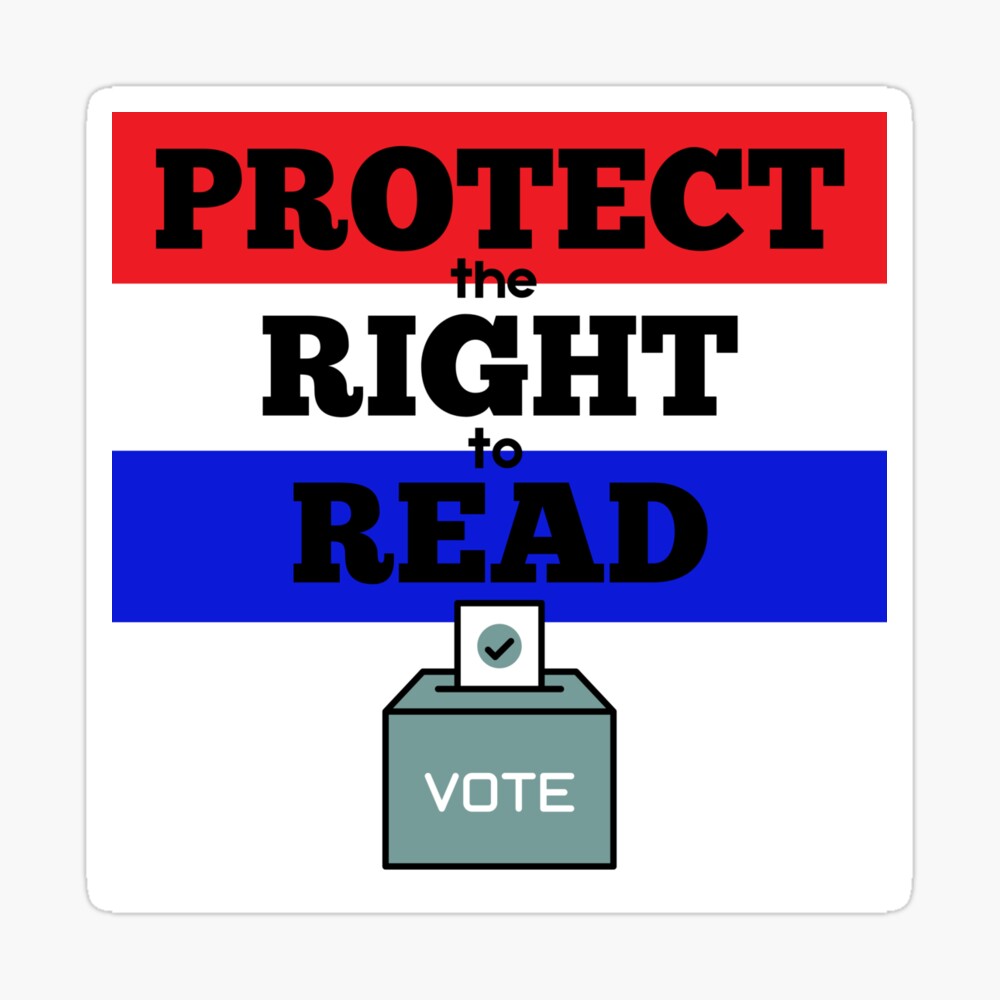

2 Responses
This is very interesting, Samantha. While it reminds me of debates we used to have about how to teach history–chronologically or thematically–this is a new way to think about how to orient literature to age groups.
Thanks, Cynthia. Spreading the word about books is a daunting task, but I hate to see audiences miss out on great books because of classifications like this. I know that a lot of librarians and booksellers already get the work out to other readers, but I think that basing a classification on the protagonist age is limiting.